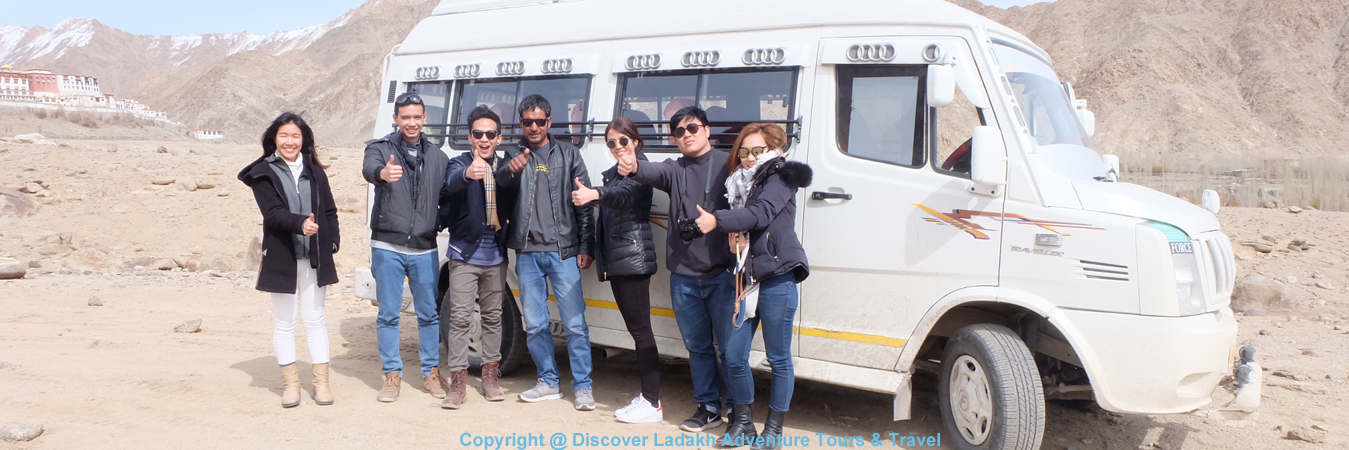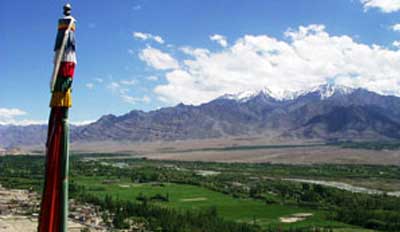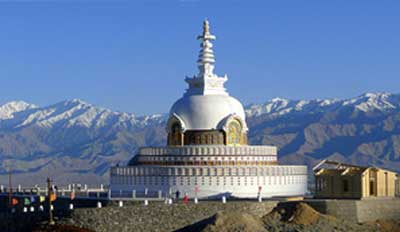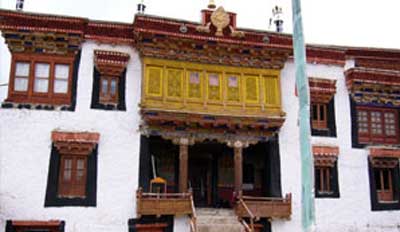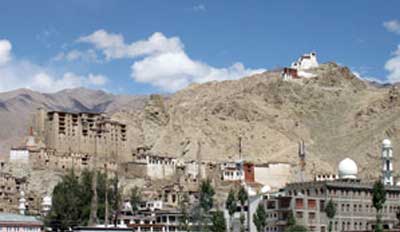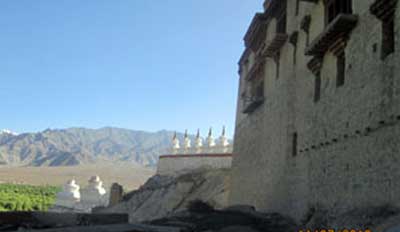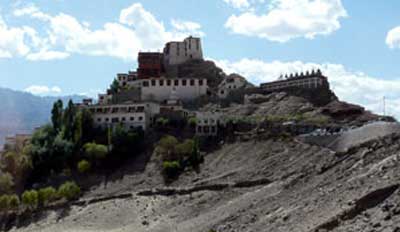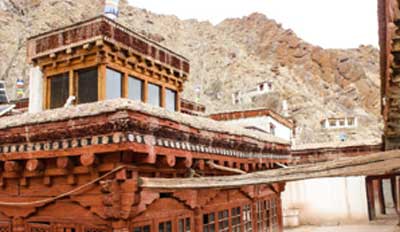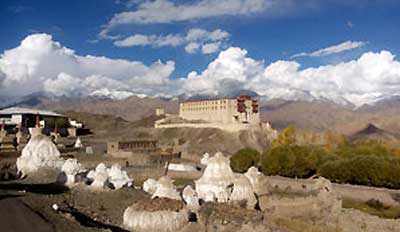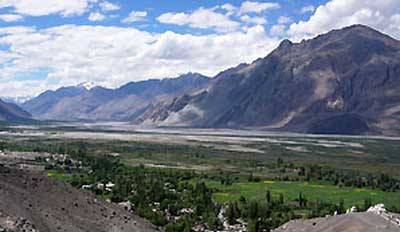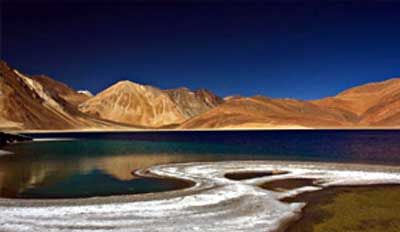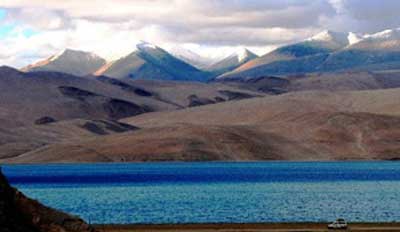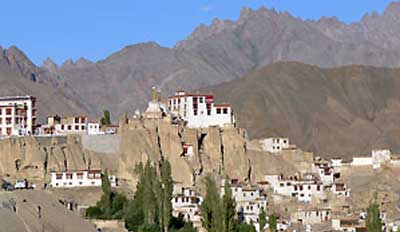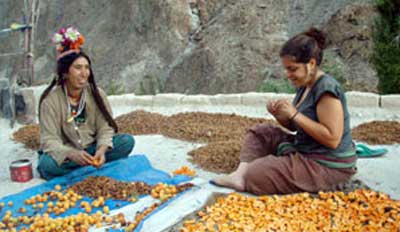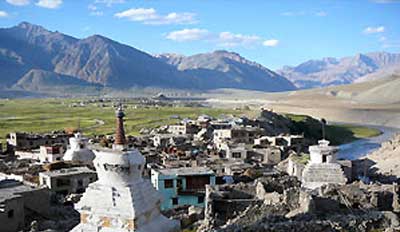Leh
Leh ( 3500 M ASL), a fascinating labyrinth of winding streets and quaint bazaars. The main street is open and airy, with rows of shops on either side. On either side of the market are seen a long line of Ladakhi women in traditional dress and colourful jewellery of coral and turquoise, seated behind enormous baskets, selling vegetables. The spectacular eight-storey Leh Palace looming above, overlooking the town, was built in the 16th century, about the same time as the Potala in Lhasa which it resembles. The stroll through the town is followed by a visit to Sankar gompa, about 2 km from the market. It has a number of pure gold icons and richly painted walls, its pictures depicting different stories, including some from the Panchtantra. Well connected by
Road by driving from Manali towards north to Leh approx 500 kms By driving from Srinagar to east to Leh approx 475 kms Daily flights available from Delhi - all flights are very early in the morning Nubra Valley in The north of Leh Pangong Lake in the east and by driving from leh towards south east you may exploer Tso Moriri Lake and Tso Kar Lake via Tanglangla pass By following river Indus in the west of Leh you may explore Pathar Sahib Gurudwara / Alchi monastery and Lamayuru monastery.

